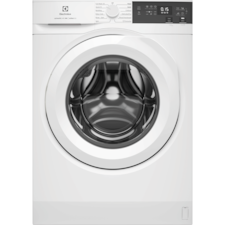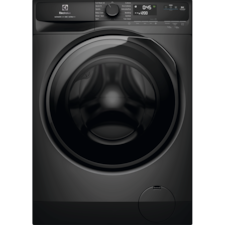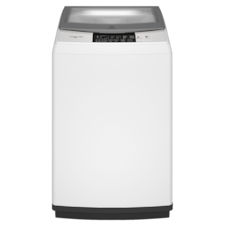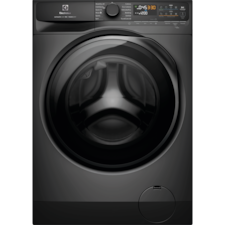Understanding laundry care symbols is essential for keeping your clothes looking and feeling new for longer. However, these symbols can often seem like a foreign language, leading to confusion and mistakes in garment care.
This article aims to decode the mystery surrounding laundry care symbols, making it easier for you to follow the recommended care instructions and ensure your clothing stays in great condition for years to come.
The First Step in Laundry Care: Understanding A Clothing Label
The journey towards better laundry care begins at the clothing label. This small tag, usually found on the inside of the garment at the neck or along the side seam, holds essential information to preserve the fabric's integrity and appearance.
As the first step, understanding the symbols and instructions on the clothing label lays the foundation for effective garment care, guiding us towards practices that extend the life and look of our attire.
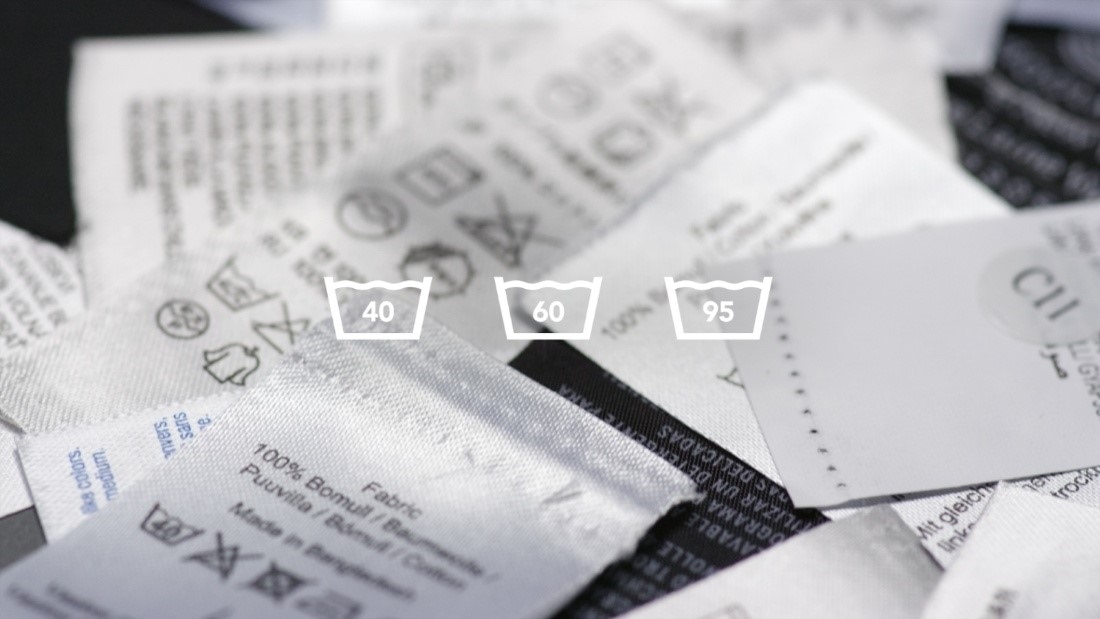
Here’s what to do to read a care label properly:
- Locate the label: Find the care label inside your garment (often at the collar or side seam).
- Identify the symbols: Look for the series of laundry symbols indicating washing, drying, ironing, bleaching, and dry cleaning instructions.
- Decipher the symbols: Familiarise yourself with what the basic laundry symbols mean (for example, a wash tub icon means the item can be washed, a triangle means bleach, a square means dry, an iron means ironing is allowed, and a circle means dry clean only).
- Follow the instructions: Always adhere to the label’s guidelines to maintain garment quality and longevity. Using the recommended settings will help avoid damage like shrinking, colour fading or fabric warping.
Choosing the right washing machine settings based on laundry symbols is key. If you're unsure which machine suits your needs best, our washing machine buying guide can help.
Why Laundry Care Symbols Are Important
Following laundry care symbols isn’t just about each piece of clothing – it has broader benefits for your wallet and the environment. Here are some key reasons why these symbols matter:
- Water and Energy Efficiency: Using the correct washer settings minimises water and energy consumption, aligning with eco-friendly practices.
- Reduced Clothing Waste: When you prolong garment life, you don’t need to buy new clothes as often. This curbs fast fashion demand and reduces environmental impact.
- Recycling and Reselling: Proper care keeps clothes in good condition, making it easier to donate or resell them instead of throwing them away.
- Long-Term Savings: If you don’t have to frequently replace damaged clothes and you wash them efficiently, you save money on clothing purchases and utility bills over time.
- Value Retention: By maintaining the look and feel of high-quality or designer pieces, you preserve their value and extend their usability.
Common Laundry Care Symbols and What They Mean
Below is a guide to the most common laundry care symbols on clothing labels and what each one indicates:
Hand Washing Symbols
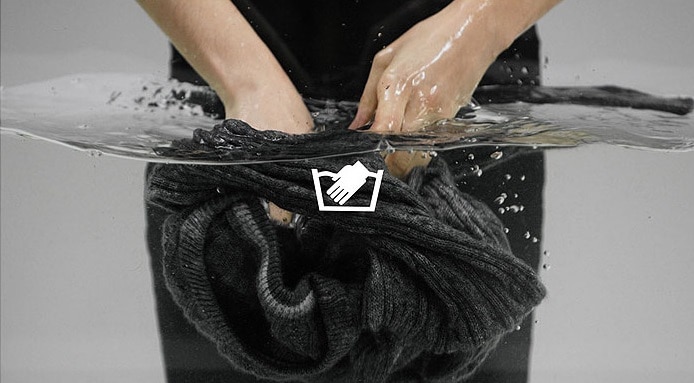
Hand-wash symbols on your clothing labels let you know if a garment is suitable for washing by hand (and at what temperature), ensuring delicate items are cleaned without damage. These symbols are critical for delicate or hand-wash only items like cashmere sweaters or silk blouses.

- Hand in tub symbol: If you see a hand dipping into a wash tub, it means hand washing (or a delicate cycle at 40°C or lower) is recommended for that garment. This helps protect very delicate fabrics.
- Twisted cloth symbol: A twisted cloth icon indicates the item can be gently wrung out after washing.
- Crossed-out twist symbol: A twisted cloth with an “X” over it means do not wring the item. In other words, handle the wet garment gently (squeeze out water instead of twisting).
Delicate fabrics indicated by the hand-wash symbol are best washed using gentle cycles, often found in front load washing machines.
For a step-by-step demonstration, read our article of What is Delicate programme & How to use it or watch this short video to see how to safely handle silk, lace, and other fine fabrics in a front load washer:
Machine Washing Symbols
Machine-wash symbols cover how to safely wash fabrics in a washing machine (especially for everyday materials and synthetic fabrics like polyester or nylon). The standard symbol is a wash tub icon, often with numbers and bars that specify the maximum water temperature and the wash cycle type.
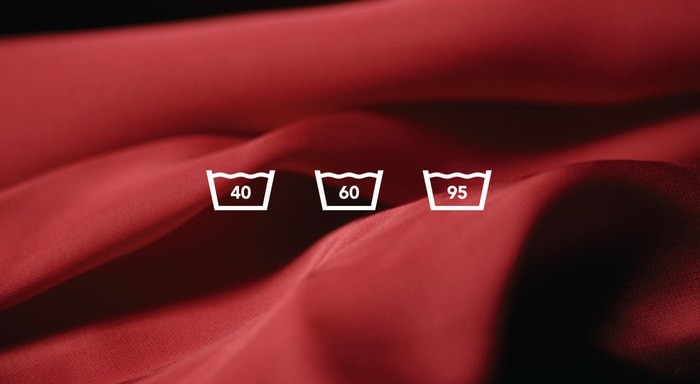
- Numbers on the tub: The number printed inside the tub symbol is the maximum wash temperature in degrees Celsius for that item. For example:
- 30°C – Wash in cold or cool water (30°C is about 85°F).
- 40°C – Wash in warm water (approx. 105°F).
- 50°C – Wash in hot water (approx. 120°F).
(Some labels may show 60 as well, meaning 60°C hot wash.)

- Tub symbol with no bar: A plain wash tub means a normal machine wash – full agitation and normal spin/rinse. (This is the standard cycle for sturdy fabrics like cotton.)
- Tub symbol with 1 bar underneath: One bar under the tub indicates a reduced spin speed or permanent press cycle (milder agitation), suitable for synthetics or slightly delicate fabrics.
- Tub symbol with 2 bars: Two bars under the tub signify a very gentle or wool/delicate cycle, with minimal agitation. Use this for woollens or very delicate items.
- Crossed-out tub symbol: A tub icon with an “X” means do not machine wash. The garment isn’t safe for the washing machine – you’ll need to hand wash it or send it for dry cleaning instead.
Make sure you’re also familiar with how to use a washing machine properly to get the best results from your appliance.
Bleaching Symbols
Bleaching symbols on clothing labels give instructions about using bleach on the fabric. They tell you whether bleaching is safe for the garment, and if so, which type of bleach is suitable.

- Plain triangle: A plain, empty triangle means any bleach is okay to use (this generally allows chlorine or non-chlorine bleach as needed).
- Triangle with diagonal lines: A triangle with two diagonal lines inside means use only non-chlorine bleach (often called oxygen bleach). Chlorine bleach could damage the item.
- Triangle with “CL”: A triangle symbol containing the letters “CL” indicates that chlorine bleach may be used.
- Crossed-out triangle: A triangle with an “X” through it means do not bleach the garment at all. Using any kind of bleach (chlorine or non-chlorine) could ruin the fabric or colour.
For more tips on keeping clothes looking their best, read our guides on how to make white shirts white again.
Dry Cleaning Symbols
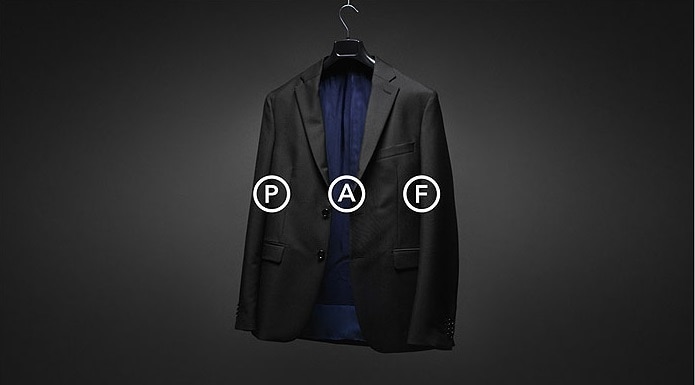
- Dry cleaning symbols provide specific instructions on whether a piece should be dry cleaned and, if so, how to do it safely without causing any damage.
- Circle symbol: A plain circle indicates the item can be dry cleaned (If the label specifies “Dry Clean Only,” you should not attempt to wash it at home).
- Letter inside circle: Often a letter (A, P, or F) is shown inside the circle, telling the dry cleaner what solvent to use:
- P – Use perchloroethylene or petroleum solvent.
- A – Any solvent is suitable.
- F – Use petroleum solvent only (No perchloroethylene).
- Bar below circle: A bar underneath the circle means the item should be dry cleaned on a gentle cycle (reduced agitation/lower heat).
- Crossed-out circle: A circle with an “X” means do not dry clean this item.
Ironing Symbols
Ironing symbols on the care label indicate whether you can iron the garment and at what temperature. This is crucial, since some fabrics can handle high heat while others will be damaged by it.

- Iron with no dots: An iron symbol with no dot means you can iron the garment at any temperature (usually cottons or linens that can handle high heat).
- Iron with 1 dot: One dot inside the iron means low heat only – suitable for delicate fabrics like silk or wool.
- Iron with 2 dots: Two dots signify medium heat – safe for mid-range fabrics or blends (often synthetics like polyester).
- Iron with 3 dots: Three dots indicate high heat – the item can be ironed at a high temperature (ideal for materials like linen or cotton).
- Crossed-out iron: An iron symbol with an X through it means do not iron the item. Steaming or other methods may be needed to remove wrinkles, but direct ironing will ruin it.
Drying Symbols
Drying symbols tell you how to dry the garment after washing – for example, whether it can go in a tumble dryer and at what setting.

- Square with circle (tumble dry symbol): A circle inside a square means tumble drying is allowed. You can put the item in your dryer.
- Crossed-out tumble dry: A dryer symbol with an X through it means do not tumble dry. The item should be dried by other means – for example, hang it on a line or lay it flat to dry, instead of using a machine dryer.
- Square with circle + 1 dot: If the tumble dry symbol has one dot in it, dry the item on a low heat setting.
- Square with circle + 2 dots: Two dots inside the symbol mean you can tumble dry on a medium heat.
- Square with circle + 3 dots: Three dots indicate high heat drying is okay (generally for heavy-duty fabrics).
Also, remember that using the wrong dryer setting could shrink or damage your clothes. By familiarising yourself with these drying symbols, you’ll be equipped to avoid laundry mishaps and keep your favourite garments in top condition.
Optimising Laundry Care with Electrolux Washing Machines
Laundry symbols are there to guide you so your clothes get the care they deserve. Make sure you use the right washing machine settings and cycles as indicated by these symbols to prevent unwanted lint and to maintain the quality and longevity of your fabrics.
Electrolux washing machines, with their array of customised wash cycles and innovative features, provide the flexibility and care required to adhere to these laundry guidelines. For example, here are some Electrolux washer models in Singapore with features that help you care for your clothes properly.
-
- Added hygiene and gentle care.
- Efficient full-load washing in only 45 mins.
- Sanitise removes 99.99% common bacteria & viruses.*
-
- CareDrum, bigger capacity with our new cushion design technology.
- Prevents visible detergent residue with UltraMix.*
- Efficient full-load washing in only 45 mins.
-
- CyclonicCare gives gentle yet powerful cleaning.
- Prism drum minimizes friction and tangling.
- TubClean keeps your machine hygienically clean.
FAQs about Laundry Care Symbols
-
Are laundry care symbols the same worldwide?
Yes, laundry care symbols follow international standards (ISO 3758), making them consistent globally—including Singapore. Minor variations may exist, but basic symbols (washing, drying, ironing, bleaching, dry cleaning) remain universal.
-
What if my clothing has no label or it's faded?
If the care label is missing or faded, treat delicate fabrics (silk, wool, lace) gently (cold water, delicate cycle). Sturdier materials (cotton, denim) can handle warmer washes. If unsure, default to cold water and gentle wash.
-
What happens if I ignore laundry symbols?
Ignoring symbols can damage clothes (shrinkage, fading, stretching). For example, machine-washing a "dry clean only" item or using hot water instead of cold can cause irreversible damage. Always follow symbols to maintain clothing quality.

